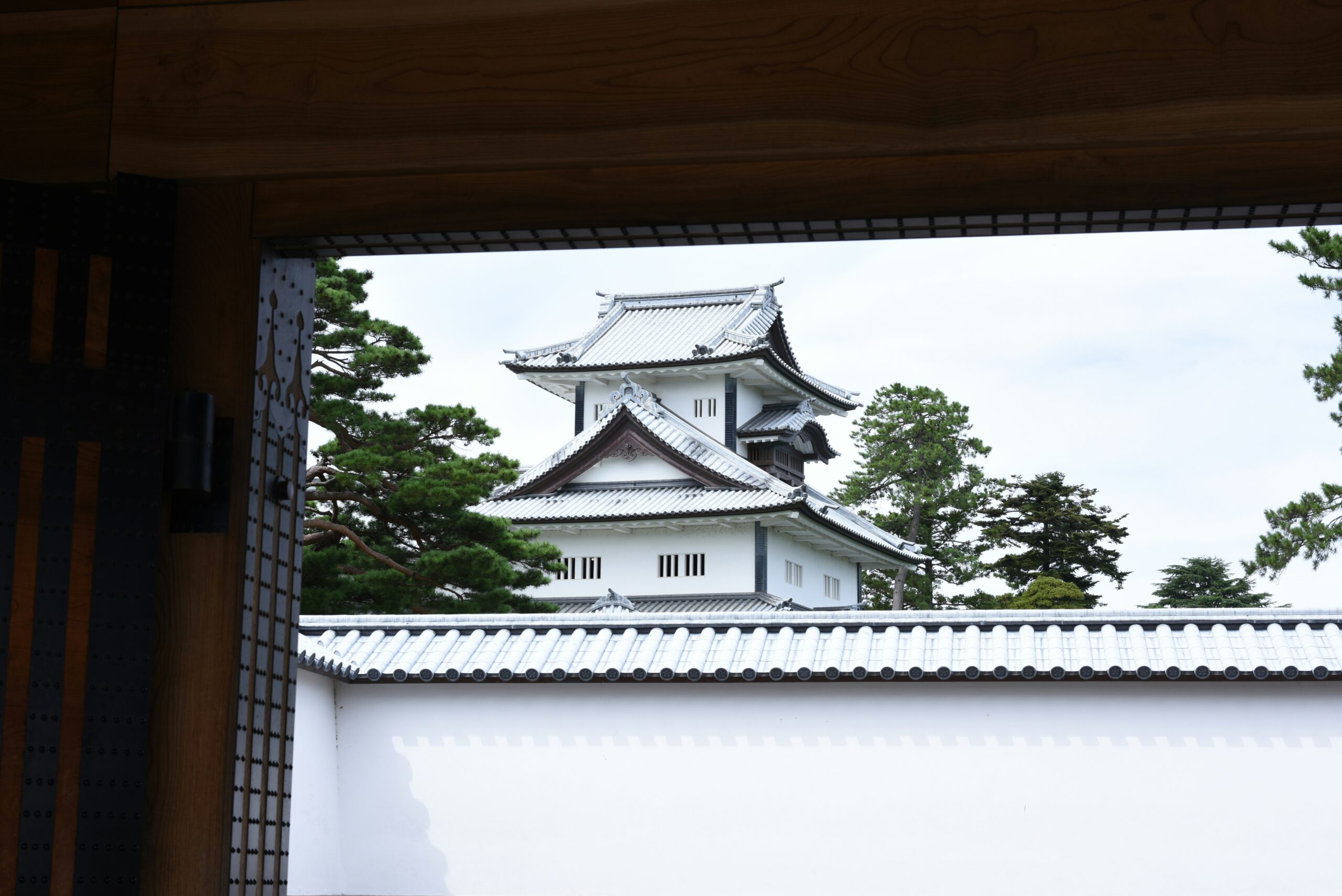About two and a half hours north of Tokyo by Shinkansen, I watched as the snowy peaks drifted past my window and the scenery gradually took on a serene stillness. My destination was Kanazawa, a city nestled almost at the heart of Ishikawa Prefecture, facing the Sea of Japan.
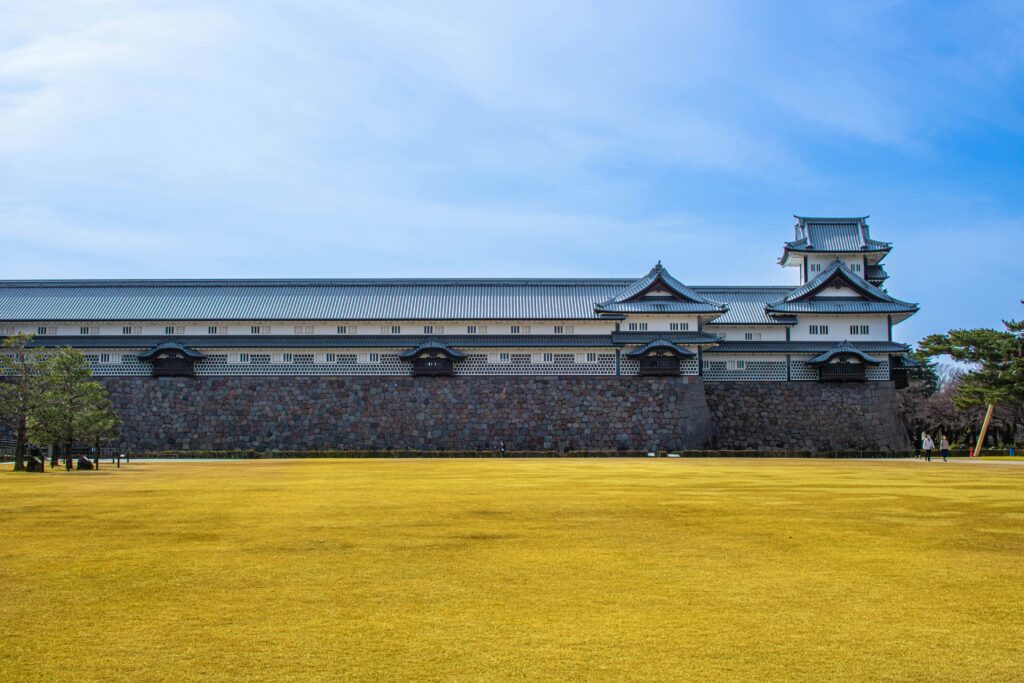
I had done a bit of research beforehand and learned that this castle town flourished as the seat of the Maeda clan during the Edo period. Known as the “Kaga Hyakumangoku,” or the domain of one million koku of rice, the Maeda family wielded wealth and cultural influence second only to the Tokugawa shogunate. Among Japan’s daimyo families, the Maeda stood out as one of the most prestigious, famed both for their samurai honor and patronage of the arts.
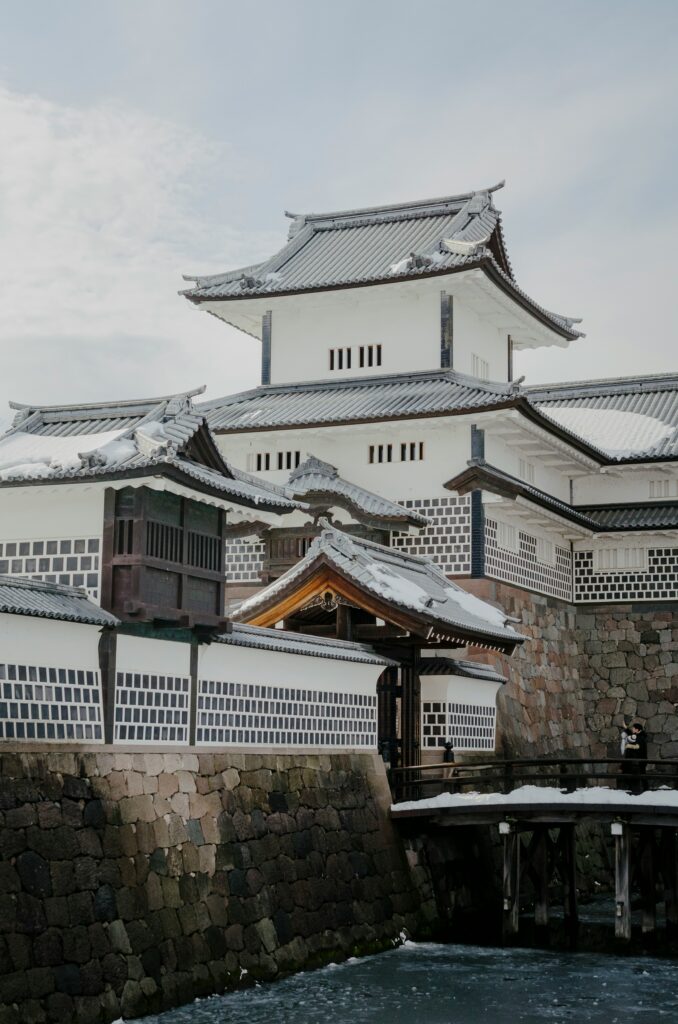
This journey began by chance. A long vacation from work, the completion of a major project—and above all, a deep craving for quiet. I wanted to let go of the relentless chase of daily life for a while. Not Europe, not Southeast Asia—just somewhere different. Flipping through a Japanese travel magazine, I was drawn to a photo of Kanazawa Castle’s white stone walls and the neighboring Kenrokuen Garden. The image, imbued with an air of dignified stillness, led me here.
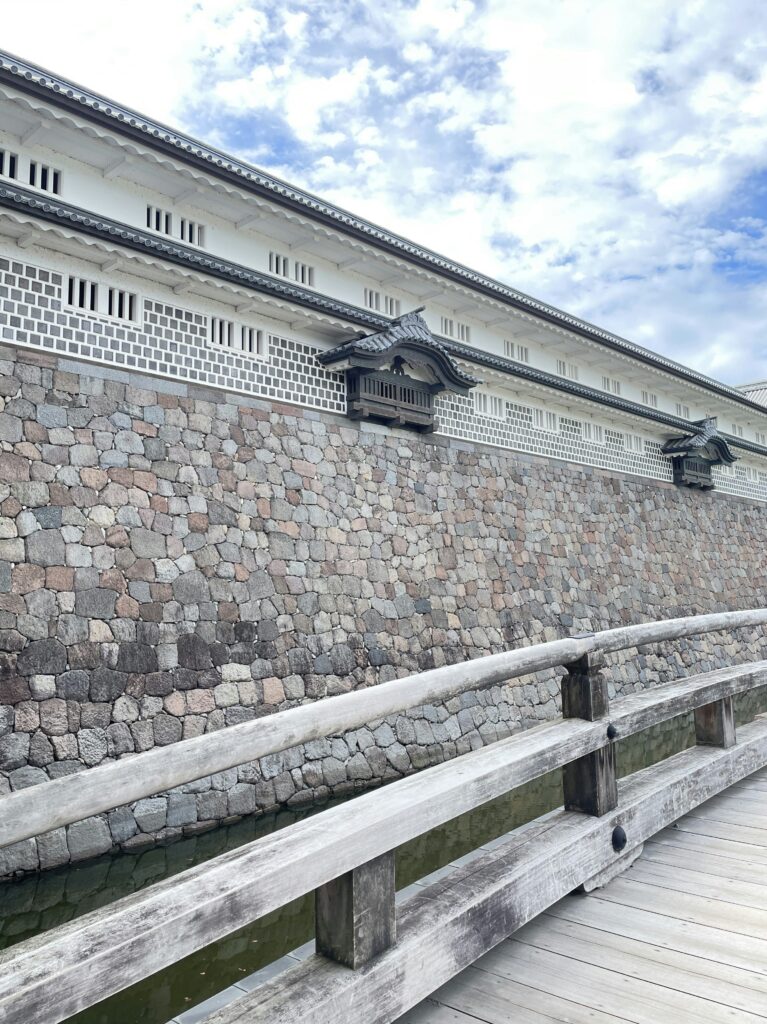
Kanazawa Castle stands in the city’s center, adjacent to Kenrokuen Garden, where rows of pine trees are carefully supported by “yukizuri”—a traditional technique of suspending ropes to protect branches from heavy snow. This uniquely Japanese practice not only prevents breakage under the weight of snow but is also admired as a beautiful symbol of winter.
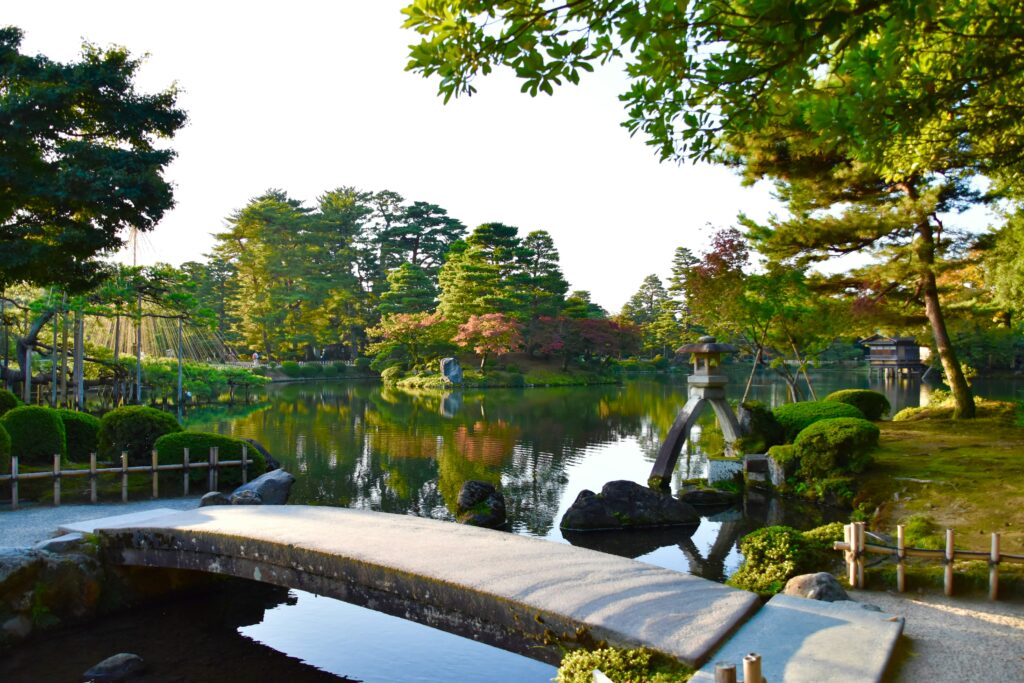
I arrived in the transitional season between autumn and winter, when fiery maple leaves meet the first snowfall. The castle’s white plaster walls and black-tiled roofs—originally built in 1583 by Maeda Toshiie—have survived multiple fires and modern changes, with recent restoration efforts aiming not for perfect preservation but for a delicate recollection of its past.
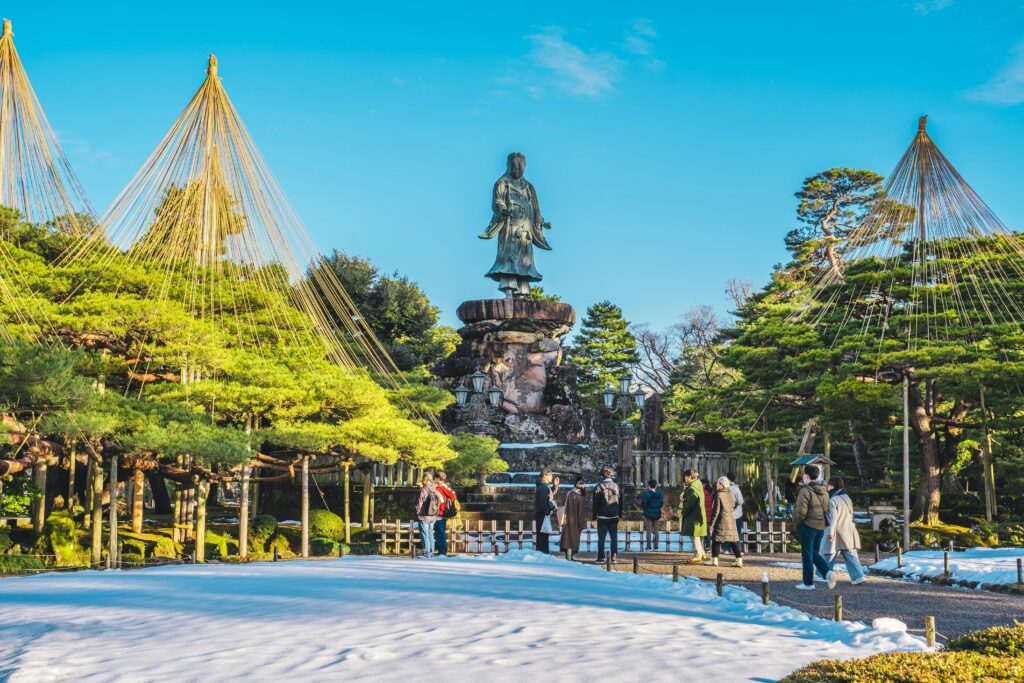
Stepping into Kenrokuen, I caught my breath. The moss carpet was meticulously tended, and vibrant maples reflected in the tranquil ponds. The yukizuri-clad branches revealed their practical beauty to me for the first time. Japan’s way of coexisting with nature—a blend of deep wisdom and gentle care—was evident in every detail.
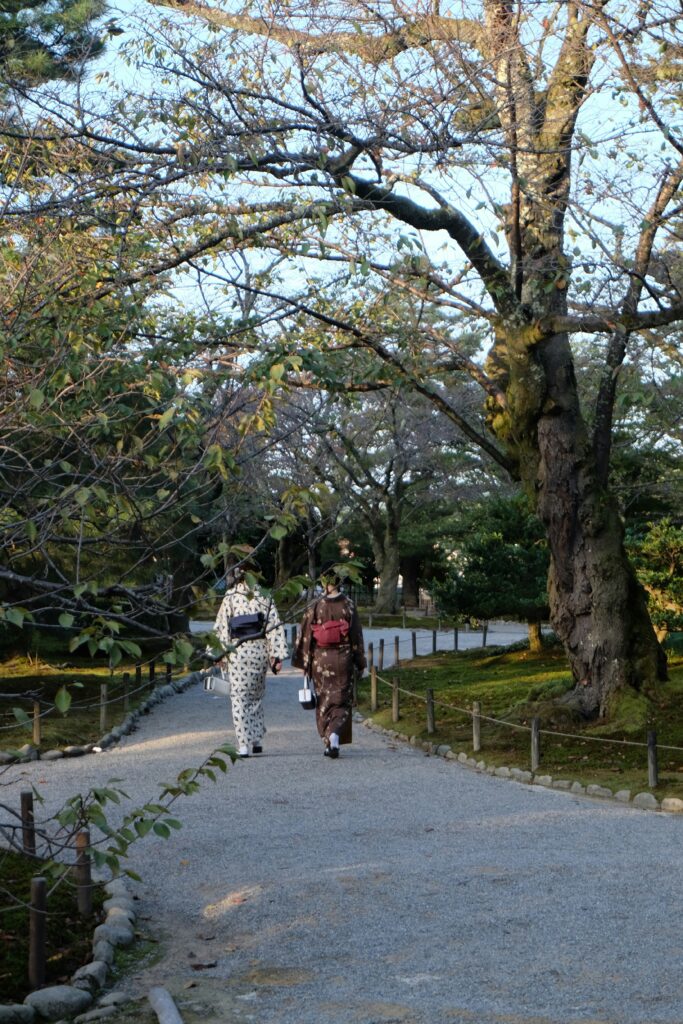
“This garden is alive,” said a woman walking nearby, dressed in a gray long coat and loosely wrapped in a scarf patterned with traditional motifs. She was about my age and introduced herself as Yumi, a Kanazawa native who had spent many years in Tokyo before recently returning home.
“Why do you say it’s alive?” I asked.
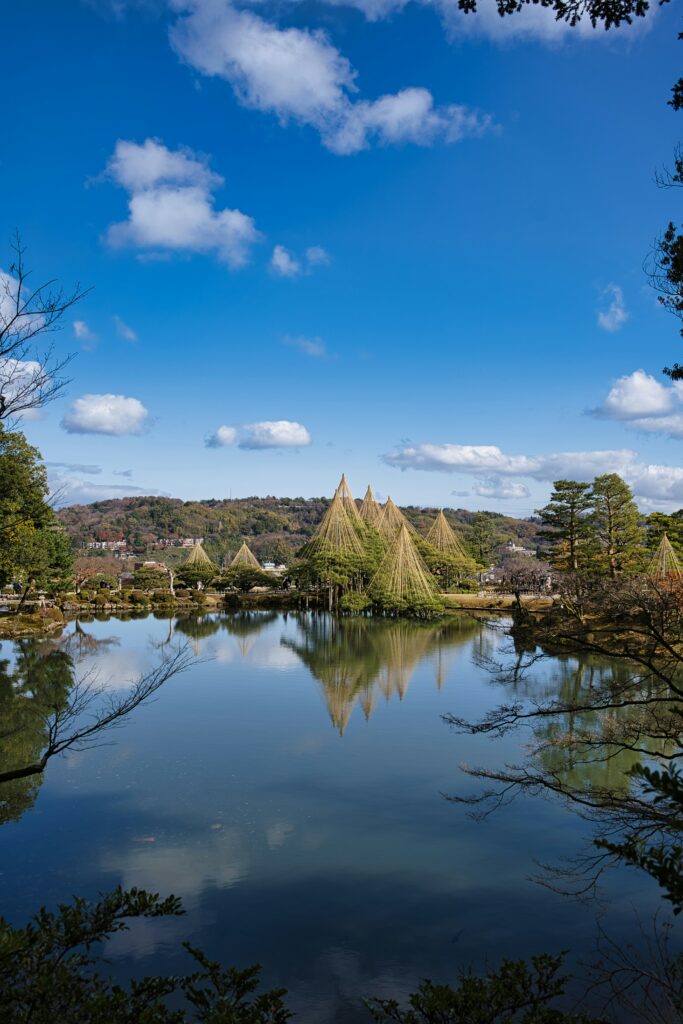
She smiled. “Because its expression changes with the seasons, yes—but more than that, gardeners tend to it every day. It breathes, like a living thing. This garden once delighted the lord of the domain; now, it still soothes people’s hearts. Isn’t that amazing?”
Her eyes were calm and deep, like the garden’s peaceful ponds.
Following her recommendation, I wandered through Higashi Chaya District, where narrow stone-paved streets are lined with historic teahouses dating back to the Edo period. At dusk, when tourists had thinned, the soft glow of lanterns seemed to reverse time itself.
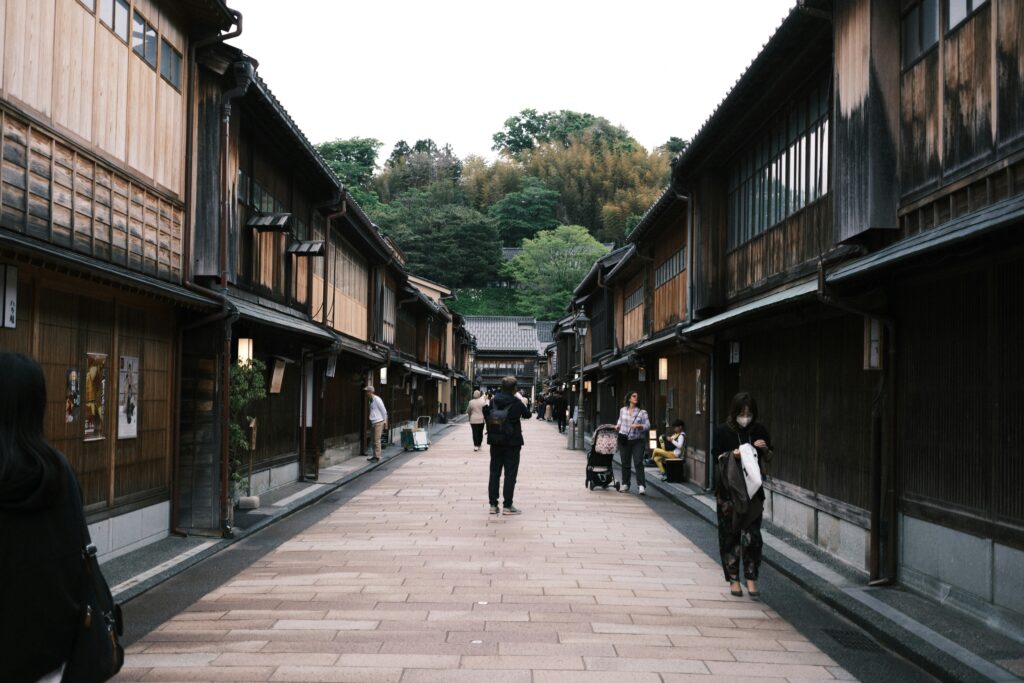
There, at a quaint sweet shop, I ordered a soft-serve ice cream adorned with a delicate sheet of gold leaf. The subtle vanilla sweetness beneath the shimmering golden veil was a quiet marvel. Kanazawa has been a center of gold leaf craftsmanship for over 400 years, a tradition dating back to the Kaga domain. In fact, the city produces over 90% of Japan’s gold leaf. Taking a bite, the cold cream melted softly on my tongue, and I found myself momentarily speechless. The taste was exquisite, but more than that, I savored the moment—a slow, deliberate time unlike the usual rush of daily life.
The next day, I visited Omicho Market, affectionately called “Omicho” by locals. It is truly Kanazawa’s kitchen. I bought a charcoal-grilled fish skewer from an elderly woman wearing a pale blue knit cap. As the rich aroma of mackerel filled the air, she laughed and said, “This is the best on cold days.” Her natural kindness quietly touched my heart.
Another highlight was the 21st Century Museum of Contemporary Art. This glass-walled circular building is one of Japan’s most renowned modern art centers, famous for its unique architecture and interactive exhibits. A prime example is Leandro Erlich’s “Swimming Pool,” an installation that creates the illusion of being underwater when viewed from below—captivating visitors from around the world. Each time I stood before it, I felt enveloped in a mysterious calm, as if the artwork were quietly speaking to my inner self.
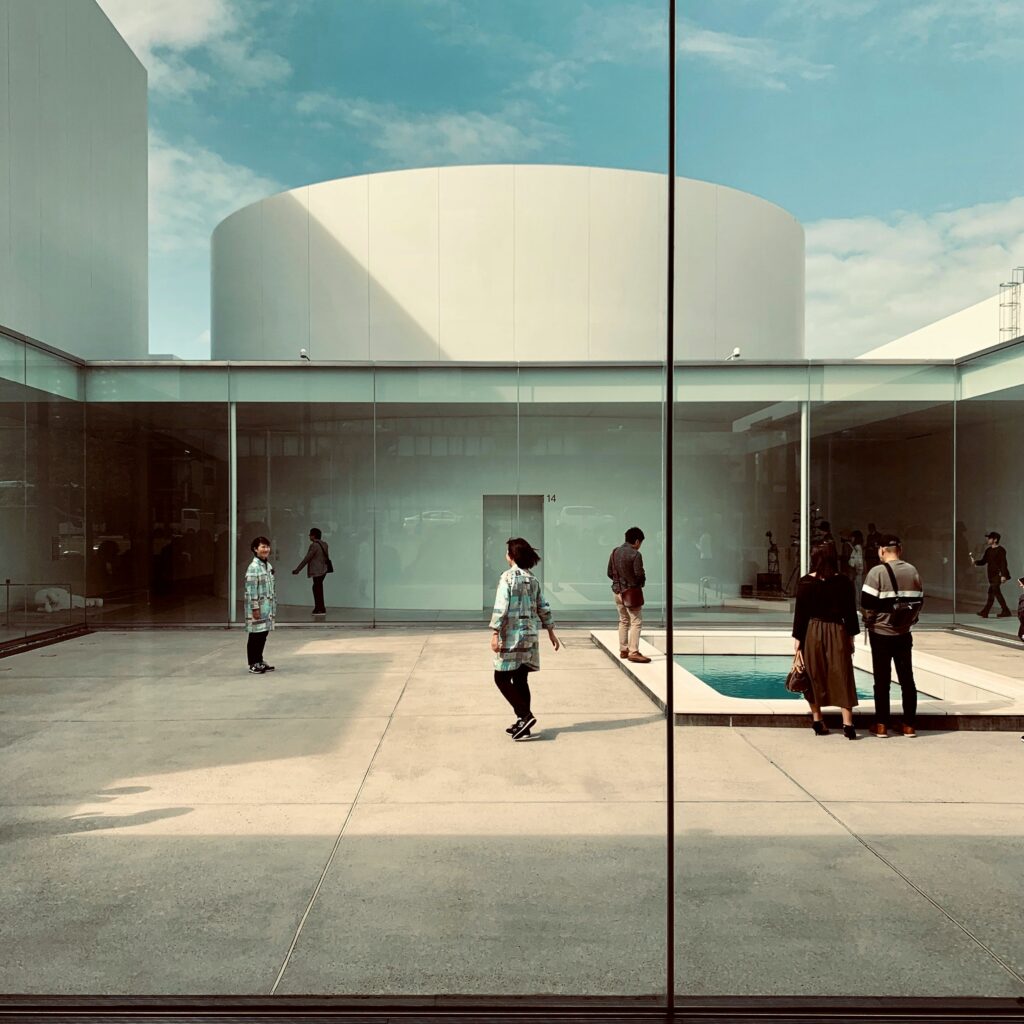
On my final morning, I returned once more to Kanazawa Castle. Passing through Ishikawa Gate bathed in gentle sunlight, the fallen leaves underfoot were cool and damp. In that moment, I realized I hadn’t come to simply see something—I had come to feel.
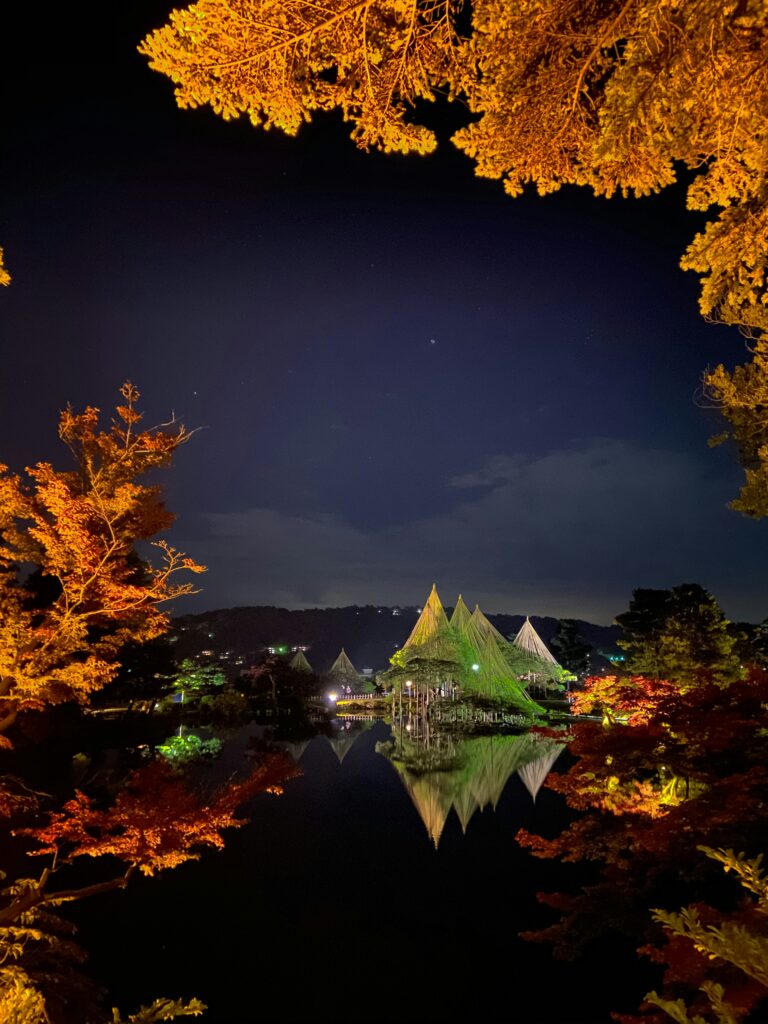
What I encountered on this trip—the devoted care in garden upkeep, the wisdom woven into beauty, the warmth of strangers, and a place where past and present coexist—all seemed to open a new window inside me. In the whirlwind of work and life, perhaps I had been chasing results too relentlessly. But these few days in Kanazawa taught me the richness of savoring time itself.
On the Shinkansen back to Tokyo, the snow had begun to fall steadily. Gazing out over the white world, I felt a quiet unraveling deep within my heart.
Something New Travel

